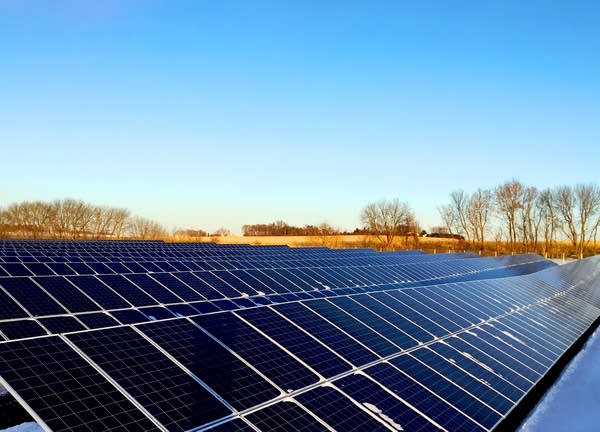Xcel Energy, others push changes to state's community solar program

One of the solar farms in CleanChoice Energy's community solar project.
Courtesy of CleanChoice Energy
Go Deeper.
Create an account or log in to save stories.
Like this?
Thanks for liking this story! We have added it to a list of your favorite stories.


